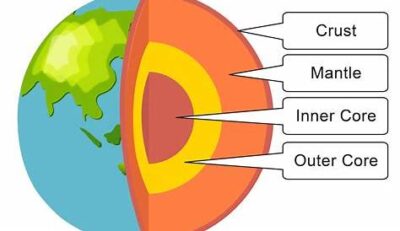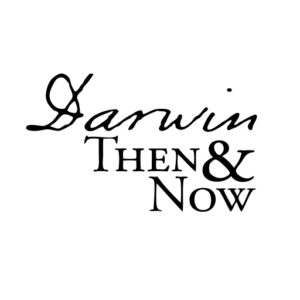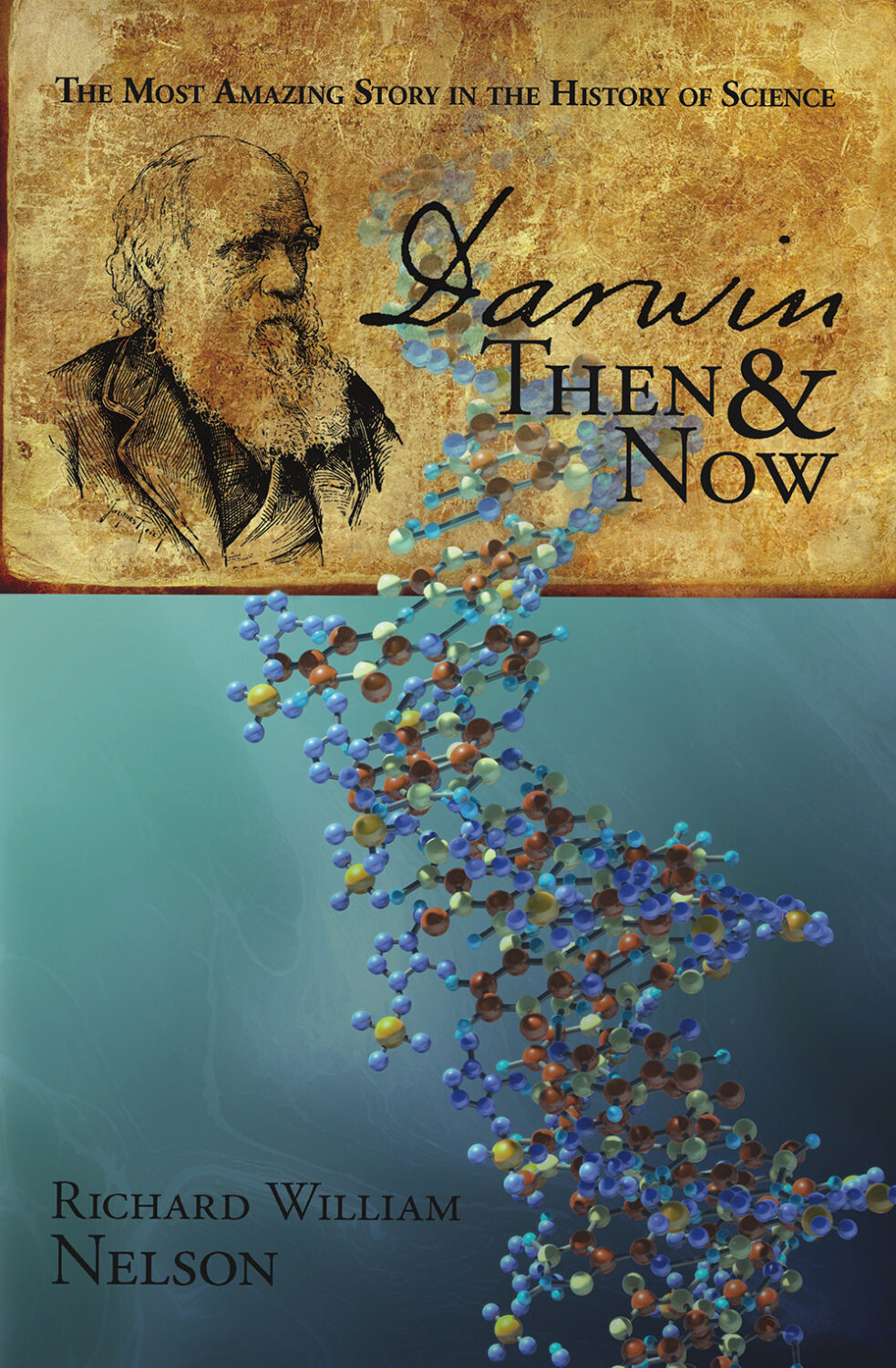 Dating the age of Earth’s crust requires integrating multiple lines of evidence and methodologies, each with its own assumptions and uncertainties. It is a complex process.
Dating the age of Earth’s crust requires integrating multiple lines of evidence and methodologies, each with its own assumptions and uncertainties. It is a complex process.
The age of the Earth’s crust can be technically calculated by measuring the concentration of certain rock-forming mineral elements. Coupled with knowledge of their half-life and initial concentration of the decaying element, the age of the rock can be calculated.
Uncertainties
However, the widely recognized dating uncertainties acknowledge that knowledge remains incomplete and probabilistic. The sources of these dating uncertainties include –
- Definitions and Conceptual Frameworks
Terminological Ambiguity: Terms like “stage,” “epoch,” or “event” may carry different meanings depending on disciplinary context (e.g., paleontology vs. sedimentology).
Boundary Criteria: The definition of boundaries (e.g., base of the Cambrian) often hinges on biostratigraphic markers that may not be globally synchronous.
Circularity Risk: Definitions sometimes rely on fossil assemblages that are themselves dated using the very frameworks they help construct.
- Measurements
Unit Inconsistencies: Differences in isotopic standards, decay constants, or calibration curves can lead to divergent age estimates.
Precision vs. Accuracy: High-precision measurements (e.g., Uranium-Lead dating) may still be inaccurate if underlying assumptions (e.g., closed system behavior) are violated.
- Regional Variations
Diachronous Markers: Fossil taxa or lithological features may appear at different times in different regions due to ecological or depositional factors.
Regional Variations: Stratigraphic markers—like fossil assemblages or lithological features—can vary dramatically across continents and between studies.
Facies Dependency: Lithostratigraphic units are often facies-dependent, complicating global correlation.
- Dating Methods
Chronostratigraphy vs. Geochronology: Rock-based and time-based frameworks often diverge, especially when fossil-poor intervals are involved.
Technical Methods: The type of technical method, including radiometric dating, magnetostratigraphy, chemostratigraphy, molecular dating, and astrochronology, varying types of evidence and between studies.
Calibration Conflicts: Fossil calibration points used in molecular clocks may conflict with radiometric dates, raising questions about which framework to privilege.
Technical Challenges: As new technologies emerge, the parameters of the independent variables must be recalibrated and standardized. Importantly, the new data may be incompatible with older technologies.
However, charts are helpful to illustrate the timeframes of Earth’s ages, based on available information.
Timeframe Charts
Currently, the charts published by the International Commission on Stratigraphy (ICS) are considered the most authoritative. However, a consensus on managing uncertainties and verifying compliance has yet to be developed. In acknowledging these uncertainties, ICS includes the following disclaimer on its charts –
“Numerical ages are subject to ongoing revision and do not define units…”
With these uncertainties, the modern evolutionary timeframes depicted by chronostratigraphic charts only depict layers of assumptions and inferences. For these reasons, chronostratigraphic charts cannot be scientifically falsified or validated.
Dating Earth’s Reasoning is a subcategory of What is Science.
More
Scientific methods may use different reasoning processes, including –
-
- Inductive vs. Deductive Reasoning
- Circular Reasoning
- Epistemic Reasoning
- Dating Earth Reasoning (current page)
Darwin Then and Now is an educational resource on the intersection of evolution and science, highlighting the ongoing challenges to the theory of evolution.
Move On
Explore how to understand twenty-first-century concepts of evolution further using the following links –
-
- The Understanding Evolution category showcases how varying historical study approaches to evolution have led to varying conclusions. Subcategories include –
- Studying Evolution explains how key evolution terms and concepts have changed since the 1958 publication of The Origin of Species.
- What is Science (current category) explains Charles Darwin’s approach to science and how modern science approaches can be applied for different investigative purposes.
- Evolution and Science feature study articles on how scientific evidence influences the current understanding of evolution.
- Theory and Consensus feature articles on the historical timelines of the theory and Natural Selection.
- The Biography of Charles Darwin category showcases relevant aspects of his life.
- The Glossary defines terms used in studying the theory of biological evolution.
- The Understanding Evolution category showcases how varying historical study approaches to evolution have led to varying conclusions. Subcategories include –


